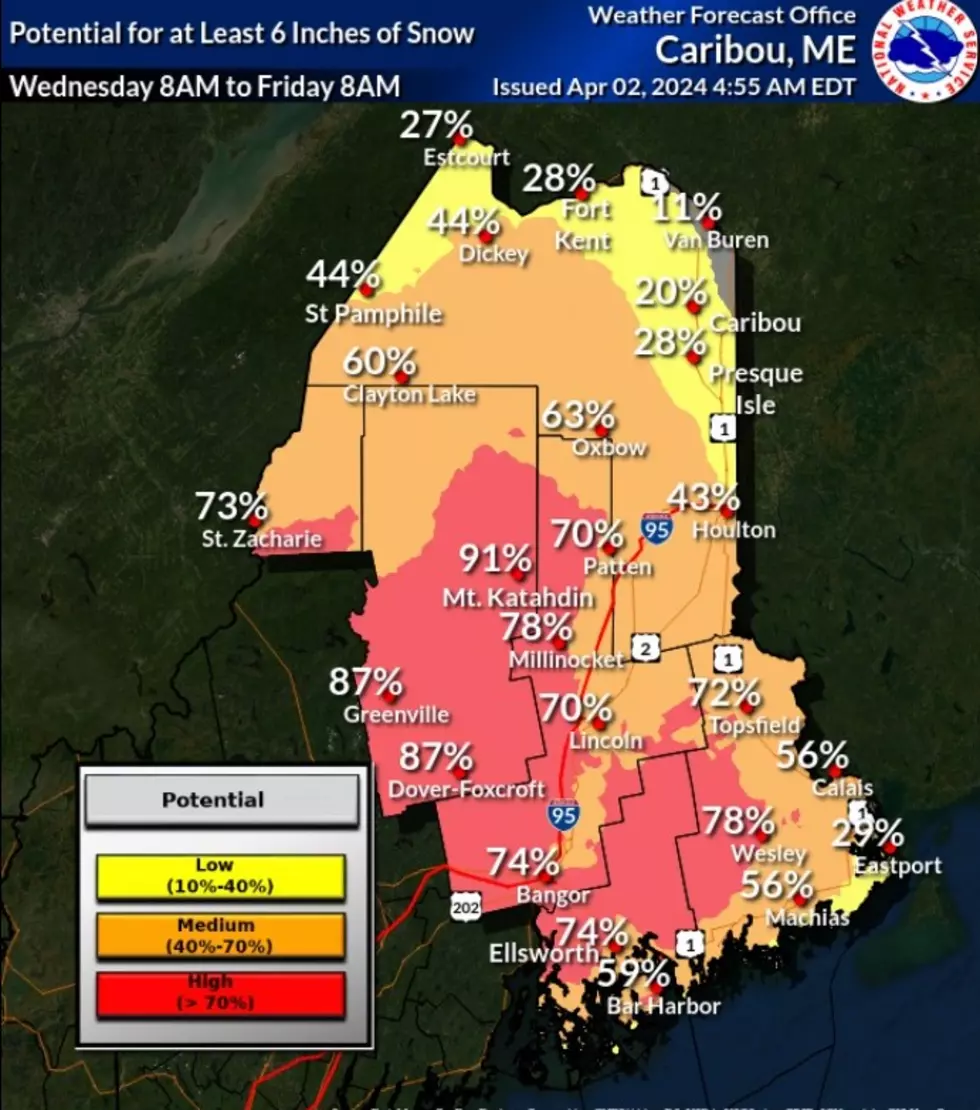
Lightning Safety Awareness Week
June 23-29 has been designated as Lightning Safety Awareness Week.
According to the NOAA's Weather Service
Perhaps the greatest lightning myth is that if it is not raining, lightning can’t strike.
Lightning can strike up to 10 miles or more away from the main thunderstorm
core.This type of lightning is often referred to as a “bolt from the blue”, but
actually originates from the sides of a nearby thunderstorm cloud and extends
out horizontally from the cloud for a few miles before reaching the ground. Allthough many people believe this type oflightning is rare, it occurs in virtually every thunderstorm. The key to remaining safe from this type of lightning strike is to keep an eye to the sky and watch for darkening skies on the horizon along with distant rumbles of thunder. Don’t just
look overhead for signs of an approaching storm!
LIGHTNING SAFETY TIPS
When outdoors, keep an eye on the sky. Look for darkening clouds, flashes of
lightning or increasing wind which may be signs of an approaching thunderstorm.
If you can hear thunder, lightning is close enough to strike you. Get to a safe
shelter indoors immediately. Most lightning strike victims are close to safe shelter
but wait too long to get there.
Remain indoors for 30 minutes after the last clap of thunder. Do not be fooled by sunshine or blue sky.
Fully enclosed buildings are the safest places to be during a thunderstorm, but
even here there are places to avoid. Lightning can enter the house through
electrical, telephone and plumbing connections.
Stay off corded phones, computers and other electrical equipment. Avoid plumbing, including sinks, baths and faucets .Stay away from windows and doors, and stay off porches.Do not lie on concrete floors, and do not lean against concrete walls. Unplug major appliances such as televisions and air conditioners.
Although being inside a metal topped vehicle is much safer than being outside, it
can also provide a false sense of safety and should never be a substitute for going
indoors unless there is no completely enclosed building nearby. Vehicles are safe
providing that the windows are up and you are not in contact with the outside
shell of the car. This means placing your arms and hands on your lap and away
from the window and steering wheel. Convertible automobiles offer no protection from lightning.
If you are caught outside with no safe shelter anywhere nearby, the following
actions may reduce your risk:
Immediately get off elevated areas such as hills, bridges or highway overpasses.
Never lie flat on the ground. Never shelter under an isolated tree. Immediately get out and away from ponds, lakes and other bodies of water.Stay away from objects that conduct electricity (barbed wire fences, power lines,etc.)
For boaters, a measure of last resort is to go under deck or crouch down in the
center of the boat away from the mast or other metal hardware. Rubber boots
offer little protection.
Persons struck by lightning receive a severe electrical shock and may be burned,
however they carry no electrical charge and can be attended to safely.
(Source http://www.srh.noaa.gov/images/mfl/news/LightningWeek2013.pdf)
More From WDEA Ellsworth Maine








